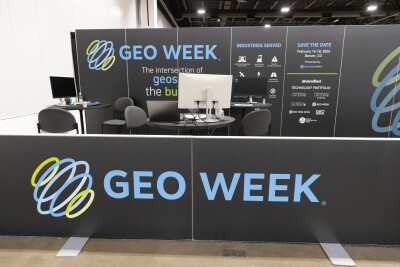The geospatial industry touches so many different parts of our lives and is so wide-ranging that it can be a challenge to keep up with all of the various subsections. That is why, every other week, we sweep the internet to find some stories that can highlight where things are in the industry today, ideally in a way that touches all different aspects of the sector. Today, that means highlighting a few of the different sub-industries within geospatial. First, we have a look at one of the leading organizations for GIS professionals. Then, we have an article detailing the importance of surveying basics in this age of fast innovation. And finally, we move to the Earth Observation space, which is in a period of tremendous change.
Find links for the full articles below.
This is GIS
xyHt
This article dives into the work done by URISA, one of the leading professional organizations for those in the GIS sector. The article specifically highlights the organization’s desire for the GIS community to help lead efforts around sustainability and potential solutions to the climate crisis. As Teresa Townsend, AICP, the past URISA president and co-chair of their Climate and Community Resilience Committee, and Climate Change and Climate Equity Working Group Chair, is quoted as saying: “GIS professionals are uniquely positioned to support and build a sustainable and equitable future by leveraging our combined geospatial skills, knowledge, and resources.”
Reinforcing the importance of accurate and appropriate geospatial surveys
Andy Beardsley | GIM International
The last few years has seen a seismic shift in the surveying industry, with new technologies on both the hardware and software side leading to more efficient workflows. However, sometimes these innovations can lead to people looking for unnecessary shortcuts and trying to find a way for a quick geospatial survey. That’s not always the answer, as Beardsley points out in this article. Here, he emphasizes the importance of more complete and accurate surveying projects, which do often take more time, and what some of the negative consequences of a poor or inaccurate survey could be.
The New Age of Earth Observation
Dr. Motoyuki Arai | Geospatial World
The Earth Observation space is one of the fastest-growing in the larger geospatial industry thanks to the rapidly growing accessibility around satellite launches as well as artificial intelligence that has simplified dealing with these massive amounts of data. However, there is still much more potential for this sector that has been realized to this point,. In this article, Dr. Arai outlines where the sector is today, how it’s being used most effectively, and where the space can grow as we look toward the future.







